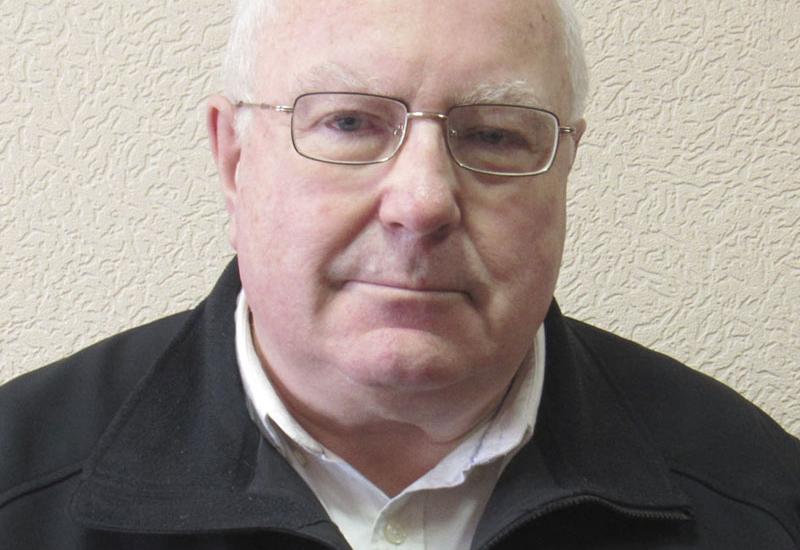For the long time, the leading journal of the world in the field of applied physics "Journal of Applied Physics" at the end of the year determines the best, according to the editorial, articles published in the journal during the year (Editor's Picks). The article entitled "Kinetic Monte Carlo model of the breakup of nanowires into chains of nanoparticles" published in November entered the top ten articles of 2017 (http://aip-info.org/1XPS-5DC6S-CEC9PF2F4A/cr.aspx). "Kinetic Monte Carlo model of the collapse of nanowires in a nanoparticle chains "), which is sponsored by the Faculty of Physics and Mathematics, Doctor of Physical and Mathematical Sciences - Vyacheslav Nikolayevich Gorshkov and his colleague Vladimir Privman (Department of Physics, Clarkson University, Potsdam, USA).
Revision "KP" turned to prof. V.M Gorshkova with a request to comment on this pleasant news for our university. We give his story.
On the one hand, it may not be quite correct for the author to comment on the decision of the team of editors of the world's most authoritative journal on a scientific article. And on the other - who, besides the same author, can better place the stresses at the right points, in order to briefly present the results in a form and in a more complete way? So…
In the field of Nano electronics there is a problem of ensuring the stability of nanostructures, which eventually disintegrate. On the other hand, controlled decay of certain nanostructures can be a means of obtaining new Nano objects with desired properties. For example, Nano sized waveguides with decay into fragments of metallic nanowires. To prevent complex and expensive experiments, these processes are trying to explore the means of mathematical modeling. A number of predecessors did this on models that are largely reminiscent of the description of the dynamics of liquid jets. However, in real experiments, the temperature is lower than the melting temperature of the nanowires. Therefore, the explanation of known effects, not to mention the undiscovered features of the process, were often beyond the horizon of the possibilities of the theory. My colleague and I departed from such a simplified approach, presuming preservation of the crystal structure of nanowires throughout the decay process. The results were published in an article that the editorial board recognized as one of the best.
It should be noted that in the article we were not limited to the phrase "the results of the theory coincide well with ...", which is often the final chord of theoretical development. We were able to discover and describe in detail the new mechanism of decay of nanowires on Nano clusters, which is characterized by high homogeneity of their sizes and spaces between them. At the same time, by forming the corresponding internal structure of the nanowire, it is possible to block the decay, which has already been confirmed in experiments. I would also like to add that my study is scheduled on February 2 for the prestigious Davidi A. Walsh's Arts and Sciences Seminary Series - The Center for Advanced Materials Processing, NY, USA.

